How Would You Know If Your Lone Workers Are Safe Right Now?
The question that keeps responsible leaders up at night
When your people work alone, risk hides in the quiet moments: a slip on a stairwell, a medical event in a client’s home, a confrontation that escalates faster than anyone expects, a fall in a home office with nobody else around. If something happened right now, who would know? And how long would it take for them to know?
This article gives you a practical way to assess lone worker risk across your organisation, pressure-test whether your controls would satisfy your duty of care, and show how My Safety Buddy – Australia’s leading lone worker safety app – closes the gap with powerful safety features delivered through a simple UX.
1) See the whole picture: three lone work scenarios and three risk profiles
Not all lone work is the same. Most organisations have three common scenarios. Each setting demands controls that detect issues early and trigger reliable responses. Policies that look good on paper are not enough.
At client sites and homes in the community
Risks can include occupational violence and aggression (OVA), unknown environments, pets, drug and alcohol misuse, and physical hazards (e.g., poorly lit access, slippery surfaces). Even when harm isn’t caused by the client (e.g., a medical crisis or fall), can the client actually render assistance? Some may not be able to due to physical or cognitive limitations.
Your sites/offices
Risk increases in areas where visibility and foot traffic are low such as isolated rooms/areas, plant rooms, basements, car parks, and when working after-hours.
Working remotely from home
When working remotely from home the risk increases when the worker is truly alone. If a capable teen or adult is present, they can call for help and render assistance; if not, an incident can escalate because nobody knows the worker needs help.
2) If something happened right now, who would know? And how long would it take them to know?
Manual check-ins, phone trees and “text me when you’re done” approaches create safety gaps especially during busy times or after hours. People forget. Phones die. Supervisors get busy.
Without the right tools, the minutes slip away and avoidable harm is suffered.
3) Do your lone workers feel safe “enough”?
Perception is a leading indicator of risk. If staff don’t feel safe, they’re often not. Use quick, anonymous pulse checks and review incident/near-miss data to identify hotspots you can’t see from a desk.
When workers feel genuinely supported through clear rules, reliable technology and fast responses, they deliver better services, are happier and more productive, and they stay.
Safety isn’t just compliance; it’s a performance and retention strategy.
4) Duty of care: would your controls satisfy “reasonably practicable”?
Lone work magnifies your WHS obligations. Boards and executive teams carry a Duty of Care. Regulators expect systemised controls including clear procedures, trained people, working technology, and auditable evidence.
Ask yourself:
- Can you prove who was covered, when, and how?
- Can you demonstrate that alarms escalate reliably and responses are timely?
- Do you have reporting that helps to identify safety gaps so you can implement improvements before harm occurs?
My Safety Buddy is proof that you did what was reasonably practicable.
5) Why piecemeal approaches often fail (and cost you)
Ad hoc phone calls and SMS, and “call me when you’re done” feel simple but they’re brittle:
- Missed detections. No automatic escalation if someone doesn’t check in.
- Slow responses. No precise location, unclear status, wasted time.
- No consistency. Shift to shift, site to site, manager to manager.
- No audit trail. Hard to prove compliance, easy to doubt your system under scrutiny.
If in a parallel universe every time a lone worker was injured, a manager felt the same injury, would these controls still feel “good enough”? When outcomes land on the shoulders of leadership, both legally and morally, the answer is usually “no”.
6) How My Safety Buddy closes the gap
My Safety Buddy is built to solve a complex problem with a user experience that’s simple for workers and powerful for organisations:
- Automated Check Ins.
- Duress alarm for fast help in emergency situations.
- Real-time location tracking.
- Man Down Alarm for automatic detection of falls or medical events when workers can’t raise the alarm themselves.
- Welfare Checks to ensure staff are safe throughout their shift.
- Journey monitoring to tracking staff while travelling on longer journeys.
- Automatic escalation when an alarm is activated.
For organisations that can’t guarantee a dependable internal response, the My Safety Buddy 24/7 Monitoring Service has a target response rate of 95% of alarms within 1 minute and 100% within 2 minutes because every minute matters.
7) Protect your people, the organisation, and the board
Better detection and faster response reduce:
- Harm severity and the human cost nobody wants
- Claims, lost time and medical expenses
- Reputational damage and media pressure
- Regulatory action when demonstrating compliance
The savings compound: fewer incidents, lower costs, reduced workers’ compensation insurance, higher retention, and less staff burnout.
For executives, My Safety Buddy’s reporting is the visibility you need to exercise due diligence credibly and confidently.
8) Start simple, scale fast: a practical rollout plan
To lift safety for your lone workers, start lean, then scale.
1 – Set business rules
Define when the lone worker app must be active (e.g., off-site visits, after-hours work, specific sites).
2 – Pick your monitoring options
Decide between DIY internal monitoring and the My Safety Buddy 24/7 Monitoring Service.
3 – Communicate clearly, train briefly
Short, scenario-based training beats long manuals: “If you feel unsafe, activate your Duress Alarm. If you’re driving longer distances, set Journey Monitoring. If you’re working alone for a block of time, schedule a Welfare Check.”
4 – Create a support loop
Stand up an MS Teams (or similar) channel for Q&A, tips and quick troubleshooting. Peer-to-peer help accelerates adoption.
Why an app beats “simple” tools for a complex problem
A single-function device can look simple but lone worker risk is not a simple problem.
You need a mix of duress alarms, man down detection, welfare checks, journey monitoring, emergency alarms, visibility, and reporting to satisfy duty of care.
My Safety Buddy brings all of this together in one powerful tool with a simple UX your workers will actually use.
The bottom line
If something happened right now, how long would it take you to know?
Would your current controls satisfy “reasonably practicable” under WHS laws?
My Safety Buddy helps you answer “yes” to keeping your lone workers safer, meeting your duty of care, protecting your board and executives, and saving time and money.
~ ~ ~
Travis Holland
CEO
My Safety Buddy
Should you wish to discuss strategies to improve your staff’s safety in their work environment, please feel welcome to contact My Safety Buddy.
Passionate about creating safer workplaces our goal is to enhance wellbeing for all concerned whilst also delivering improved operational and financial performance.
Enjoyed this piece? Please share, like, and comment. If you would like to read more, follow Travis on LinkedIn.



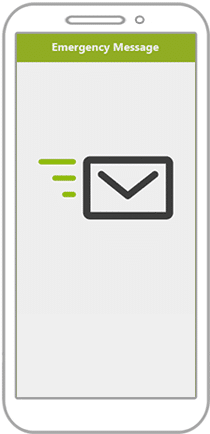

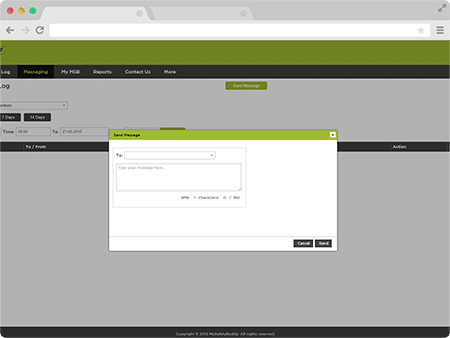 SMS Broadcasts
SMS Broadcasts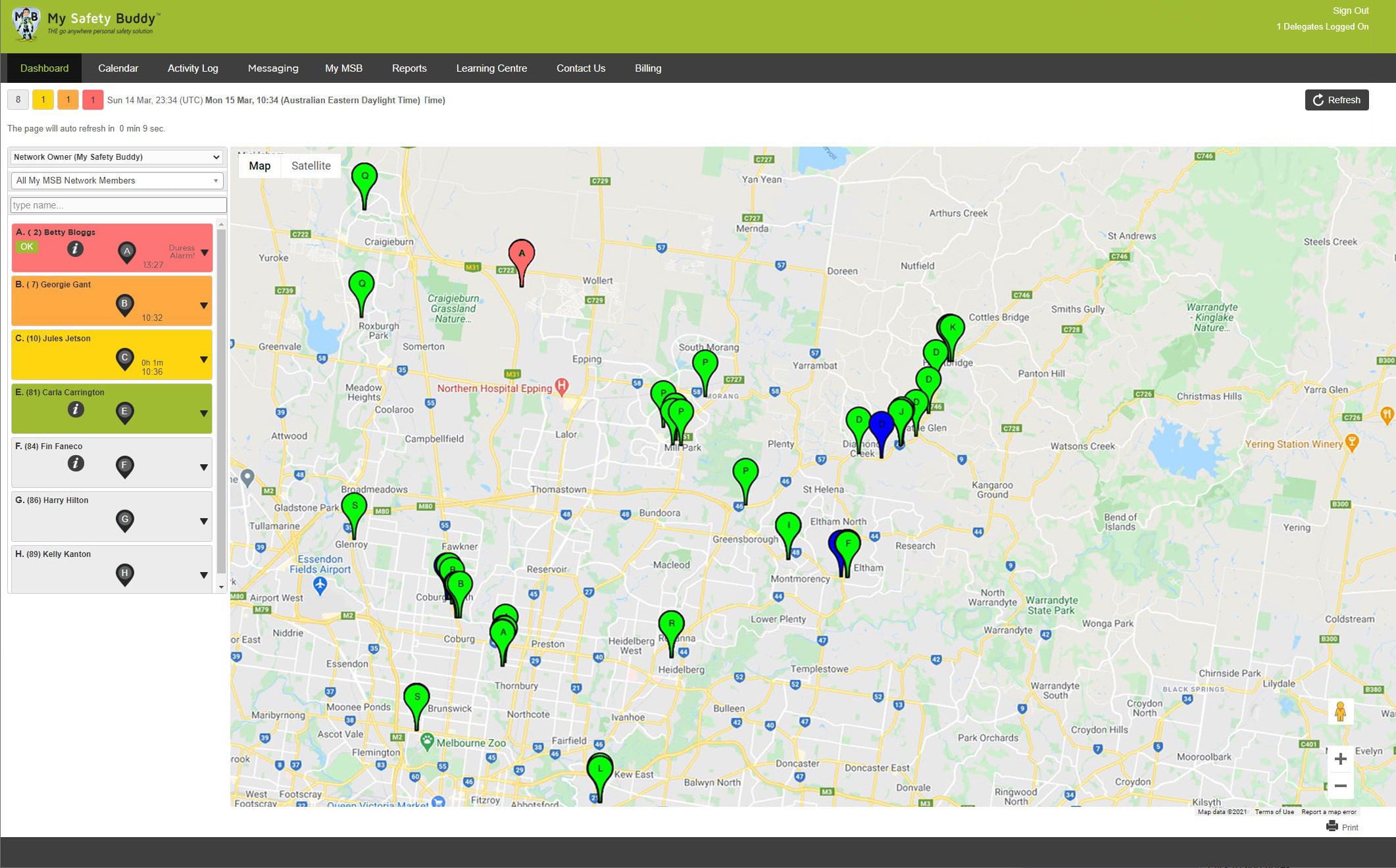 Web Portal and Dashboard
Web Portal and Dashboard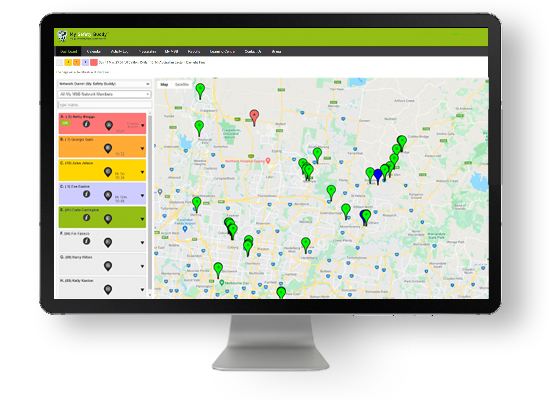
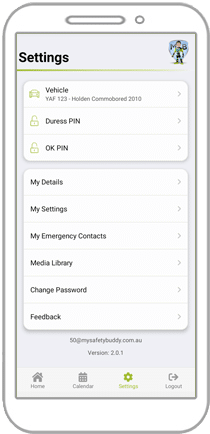 Customisable Settings
Customisable Settings
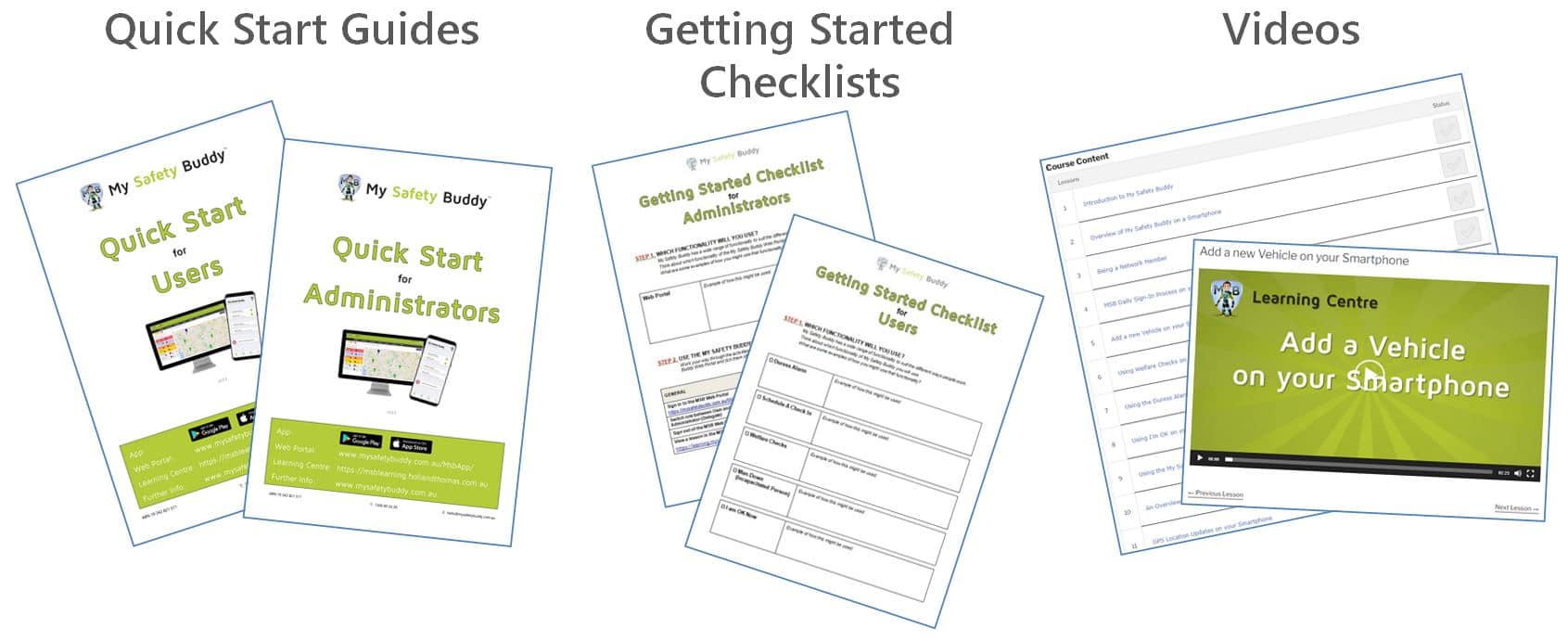

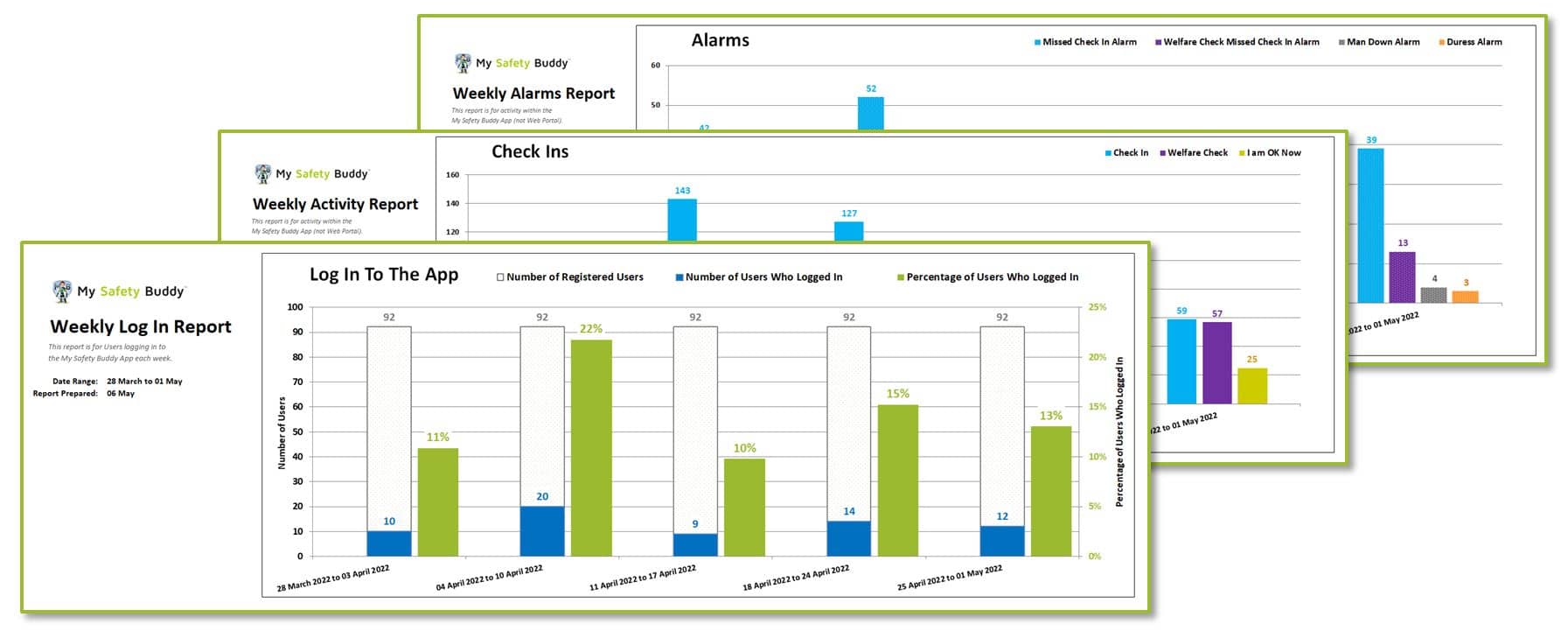
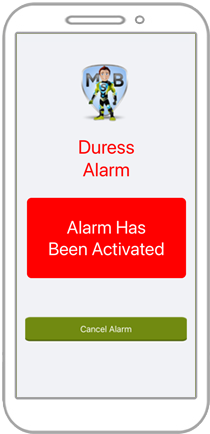

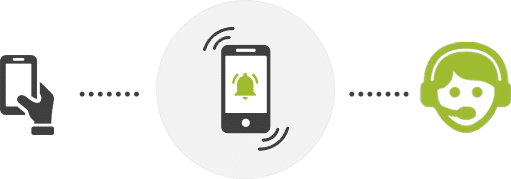
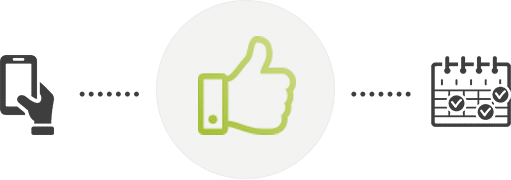


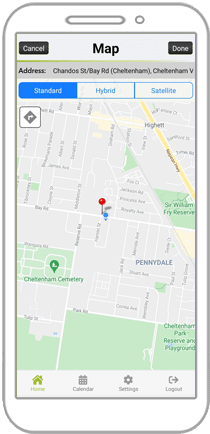
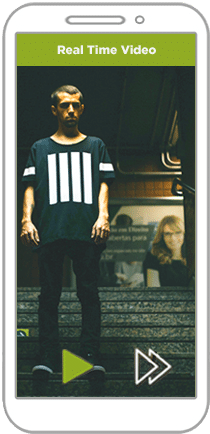
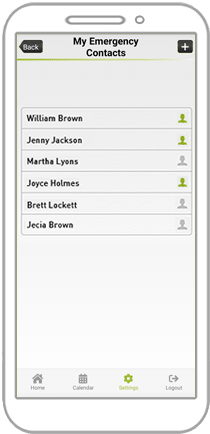

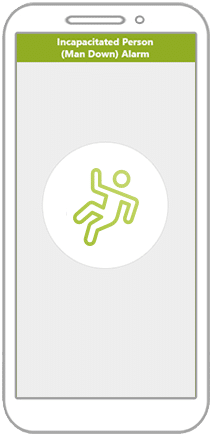 Man Down Alarm
Man Down Alarm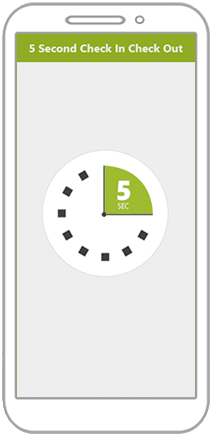 5 Second Check In
5 Second Check In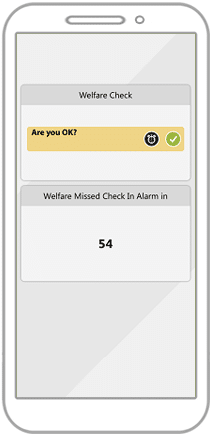 Welfare Checks
Welfare Checks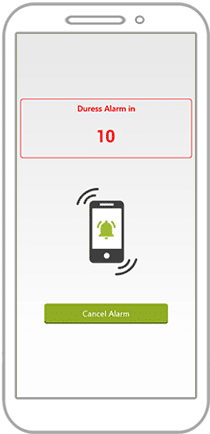 Duress Alarm (Panic Alarm)
Duress Alarm (Panic Alarm) Real Time Video
Real Time Video